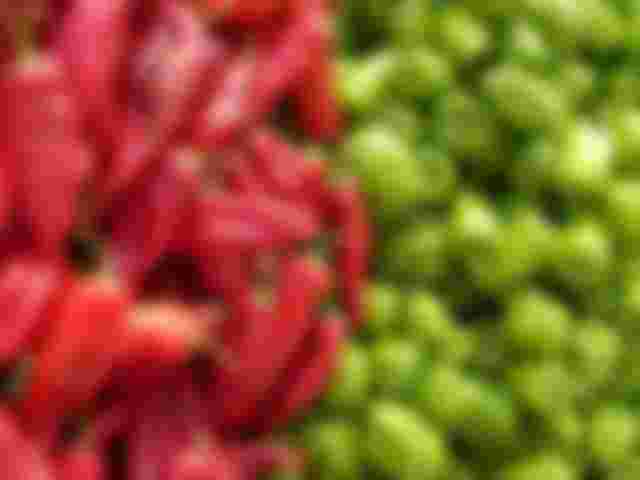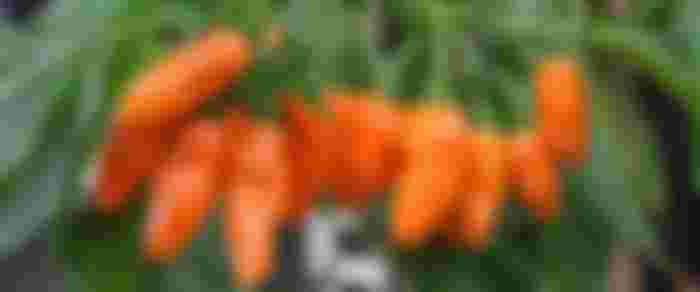Improved method of pepper cultivation

Pepper is a popular spice crop in our country. Pepper is used to make the curry delicious. It is also used as a salt in various foods. Its market price is also good. So how to cultivate pepper in an improved way is discussed-
Soil and climate

Pepper grows well in light airy fertile loamy soils with drainage facilities. Pepper grows in almost all types of soils except excess acid soils. 35 to 45 seconds when catching flowers on the pepper tree. Temperature is most suitable. More rains and cloudy weather cause flowers to fall.
Born

Pepper can be divided into two parts. Sour and sweet. There are regional seasonal varieties like Bogra, Chandpuri, Faridpuri etc. in Bangladesh. Besides, Akali, Kamranga, Black etc. peppers are also very spicy Regionally, different names such as small chillies, large chillies, coriander chillies, sahib chillies, Bombay chillies, round chillies, major chillies, sonic chillies, Jamuna chillies, sand chillies, Patnai chillies, sunflowers and barley chillies are cultivated.
Seedling production method

For good seedlings, seedlings should be grown on the first seedbed and transferred to the second seedbed. Each seedbed is long, 1 meter or three and a half feet wide and 40 cm long depending on the length of the land. Or must be 18 inches high. The soil above the seedbed should be mixed with sand and compost or dry rotted dung manure. 120 to 130 grams of seeds are required for one bigha of land.
Seedling disinfection

Purify the seedbed by drying in sunlight. In this method, after digging the seedbed well, it should be flattened and completely covered with white and transparent polythene sheet. Then direct sunlight will fall on the transparent polythene sheet for 2 to 3 weeks under cover. This will kill the harmful germs in the heat generated by the soil inside the seedbed. In addition, the rise in temperature will emit toxic ammonia gas. Therefore, it is not possible to sow seeds in the seedbed along with disinfection in this method. This toxic gas will slowly move away from the scalp. In this way the insects living in the seedbed will die otherwise they will leave the place. When the seedbed is disinfected by heat, the nitrogen fertilizer stored in the soil is blown into the air, resulting in a lack of nitrogen in the soil.
Seed purification and soaking in water

Seeds should be soaked for 48 hours before sowing for good germination. To produce healthy seedlings, seeds should be treated with Provex or Captan (1 g / 500 g of seed) 6 hours before sowing.
Sowing seeds and planting seedlings
The best time for sowing is March-April for monsoon season and October-November for Rabi season. Spicy peppers are grown almost any time of the year and sweet peppers are good during the Rabi season. When the seedlings are about 10 cm. Or 4 inches high then 60 to 70 cm in the ground. Or seedlings should be planted in rows at a distance of 25 to 30 inches and the distance from tree to tree should be 30 to 40 cm. Or 12 to 16 inches.
Safe distance for seed crop

Pepper self-pollinated varieties. However, some species can be pollinated up to 6 percent. For this reason, in order to produce quality seeds, it is necessary to keep in mind that there is no other variety of pepper within at least 400 meters around the land of the seed crop. However, for a small amount of seeds, the flowers of healthy and vigorous selected trees in the field should be self-pollinated and seeds should be collected from them. For self pollination, cover with white polythene bag before flowering.
Land cultivation and fertilizer application
Depending on the type of soil and land, 4 to 6 tillers and ladders have to be given in the land. The first cultivation needs to be deep. At the time of land preparation, 1200 to 1300 kg of organic manure, 40 kg of TSP, 6 kg of MOP and 15 kg of gypsum fertilizer should be mixed per bigha (33 centuries). 25, 50 and 60 days after planting the seedlings, urea should be applied at the rate of 9 kg and MOP at the rate of 8 kg per installment.
Next care
Weeds must be controlled in time. Irrigation of the field should be done if possible during drought.
Insect-spider and disease-pest control
Attacks of mites and thrips are common in pepper fields. These insects can be controlled by spraying Omit / Malathion / Perfection / Metasystox mixed with 1 teaspoon of 5 liters of water. Diseases include wilt, anthracnose / dieback and viral diseases. For Wilting's disease, Ridomil MZ72 can be mixed with 2 g / liter of water and sprayed on the seed bed 2 to 3 times in 7 days interval. In case of symptoms of anthracnose / dieback disease, 1 teaspoon of fungicide called Tilt should be mixed with 10 liters of water and sprayed 2 to 3 times every 15 days. The white fly Diazinon, a carrier of the virus, can be controlled by spraying 2 teaspoons in 10 liters of water.
Pepper collection and seed preservation
Peppers should be picked when they are fully ripe. Seeds should be collected from mature, nutritious and bright red peppers. Cut the ripe chillies, take out the inner seeds, wash them, dry them in the sun and store them in a container where air cannot enter.






